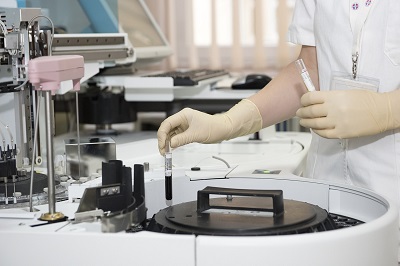A-Class Medical Device Registration with Singapore HSA
A-Class medical devices are the lowest risk category of medical devices as per the Health Sciences Authority (HSA) of Singapore. These devices are generally simple and do not pose significant risk to patients or users when used according to instructions.
Criteria for A-Class Medical Devices
A-class devices are those that:
- Are non-invasive.
- Do not contact broken skin or mucous membranes.
- Are intended for use in a low-risk context (e.g., a non-sterile thermometer, a bandage).
- Present minimal potential risk to patients and users.
Some examples of A-class devices include:
- Medical consumables (e.g., bandages, non-sterile gloves).
- Low-risk diagnostic equipment (e.g., a non-invasive thermometer).
- Basic devices used for health monitoring that don’t touch the patient directly (e.g., blood pressure cuffs).
How to Apply for A-Class Medical Device Registration with Singapore HSA
To register an A-class medical device in Singapore, follow these steps:
Step 1: Determine the Classification of the Device
- Classify the Device: The first step is to determine whether your device qualifies as an A-class medical device under HSA’s classification rules. The HSA uses a set of classification rules based on device characteristics (e.g., its intended purpose, risk factors) to determine the class of a device. A-class is for low-risk devices.
Step 2: Appoint a Local Authorized Representative (if applicable)
Foreign Manufacturers: If your company is located outside of Singapore, you must appoint a local Authorized Representative (AR) based in Singapore. The AR is responsible for communication with HSA and ensuring that the device complies with regulatory requirements.
Domestic Manufacturers: If your company is based in Singapore, this step is not necessary.
Step 3: Prepare Required Documentation
You will need to prepare and submit the following documents as part of the registration process:
Device Description:
- A description of the device, including its intended use, design, and functional characteristics.
- Evidence that the device is low-risk.
Labeling Information:
- Product labels, Instructions for Use (IFU), and other documentation to show that the device complies with HSA labeling requirements. This includes device name, manufacturer details, and usage instructions in English.
Conformity Assessment:
- A Declaration of Conformity with the appropriate regulatory standards (e.g., ISO 13485 for Quality Management Systems, or other relevant standards).
- Any applicable quality certifications (e.g., ISO certifications) for the manufacturing process.
Manufacturer Information:
- Details of the manufacturer, such as their name, address, and evidence of their capability to manufacture medical devices.
Clinical Evaluation (if applicable):
- A clinical evaluation may not be required for A-class devices, but in some cases, it may be needed if there is any clinical claim about the device. For instance, if the device is making a claim related to its diagnostic ability, clinical evidence may be necessary.
Step 4: Submit the Application via HSA’s RIMS Portal
Register on RIMS: You will need to register an account on the Regulatory Information Management System (RIMS) portal, which is the platform HSA uses to manage medical device applications.
Submit Application:
- Complete the application form and upload the required documents. This includes device description, labeling, and any supporting documentation as described above.
- The application will be reviewed by HSA to ensure compliance with local regulations.
Pay the Registration Fee: You must pay the applicable registration fee, which varies depending on the type and classification of the device. The HSA website provides the latest fee schedule.
Step 5: HSA Review Process
- Evaluation: HSA will review your submission to verify that the device complies with the regulatory standards.
- Risk Assessment: HSA will assess the device’s risk profile and ensure that it does not pose undue risk to the user.
For A-class devices, the review process is typically faster and more straightforward compared to higher-risk device classes (B, C, and D classes).
Step 6: Receive Certificate of Registration
If the application is successful, HSA will issue a Certificate of Registration, allowing you to legally market and sell the device in Singapore.
Step 7: Post-Market Surveillance
Once your device is registered, you must comply with post-market obligations, which include:
- Monitoring the device’s performance in the market.
- Reporting any adverse events or device failures.
- Ensuring ongoing compliance with HSA requirements, such as labeling updates or new safety standards.
Key Points to Remember
- A-class devices are low-risk and do not require extensive clinical data.
- The registration process for A-class devices is faster than for higher-risk devices.
- If you are a foreign manufacturer, appointing a local Authorized Representative is mandatory.
- The RIMS portal is the primary submission platform for medical device registrations.
For the most current information and detailed guidance, it’s always a good idea to check the HSA website or consult directly with HSA or a regulatory consultant.
.png)
.jpg)

.png)

.png)